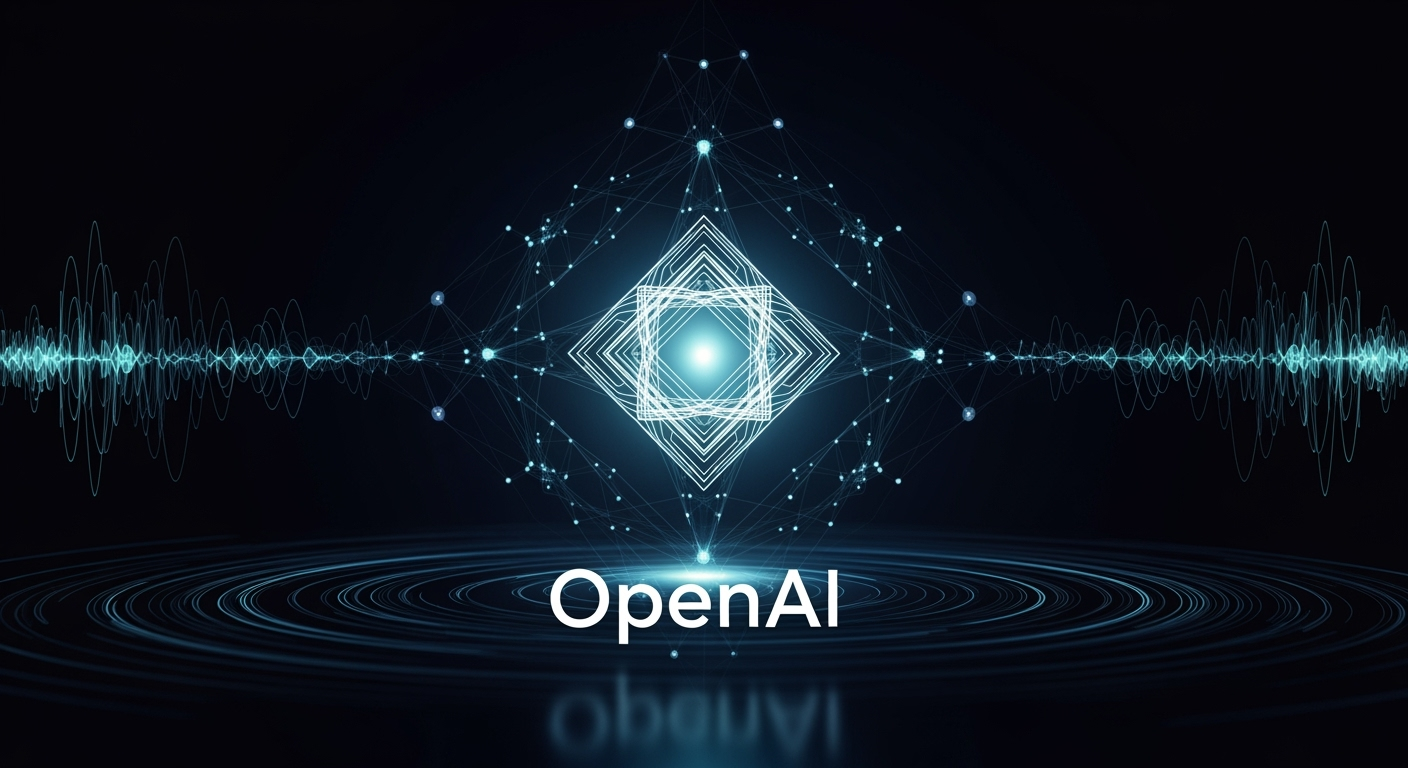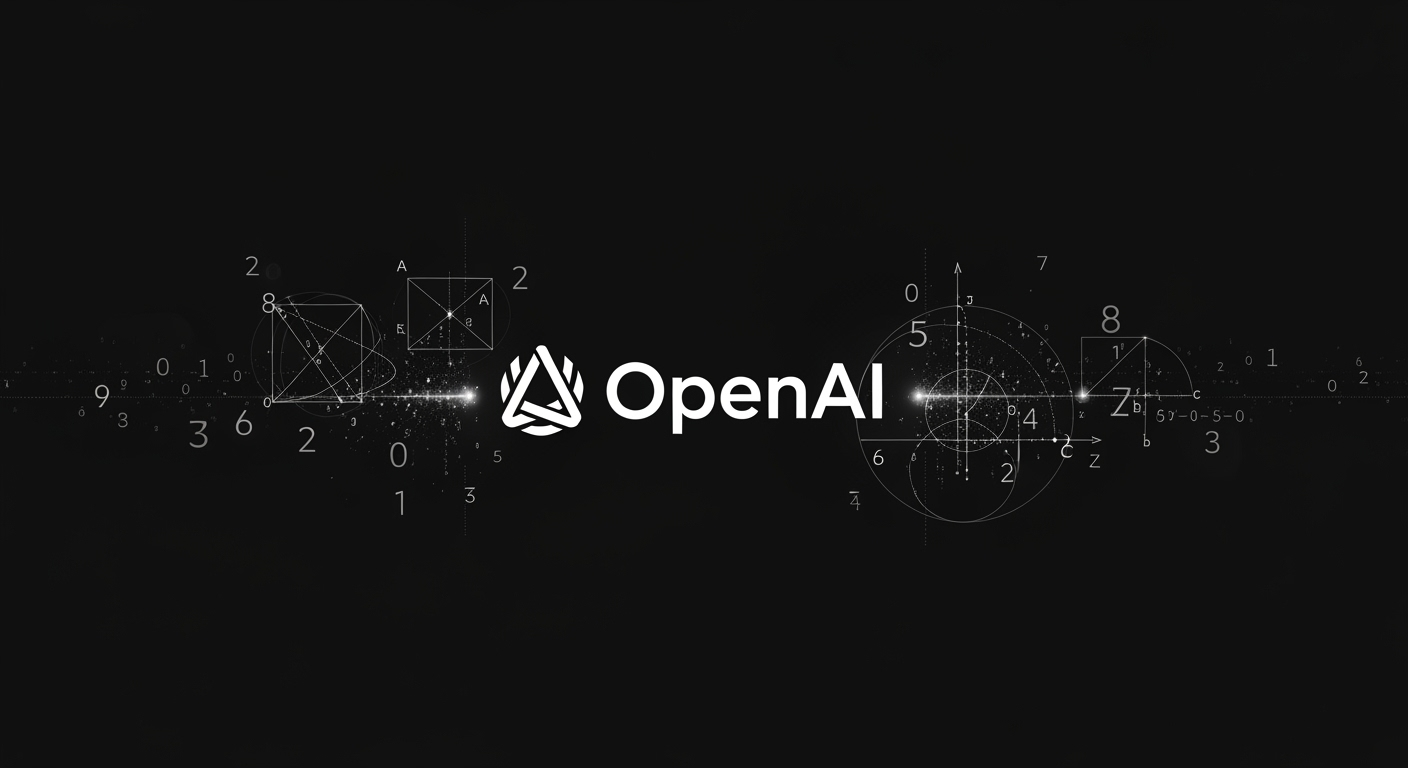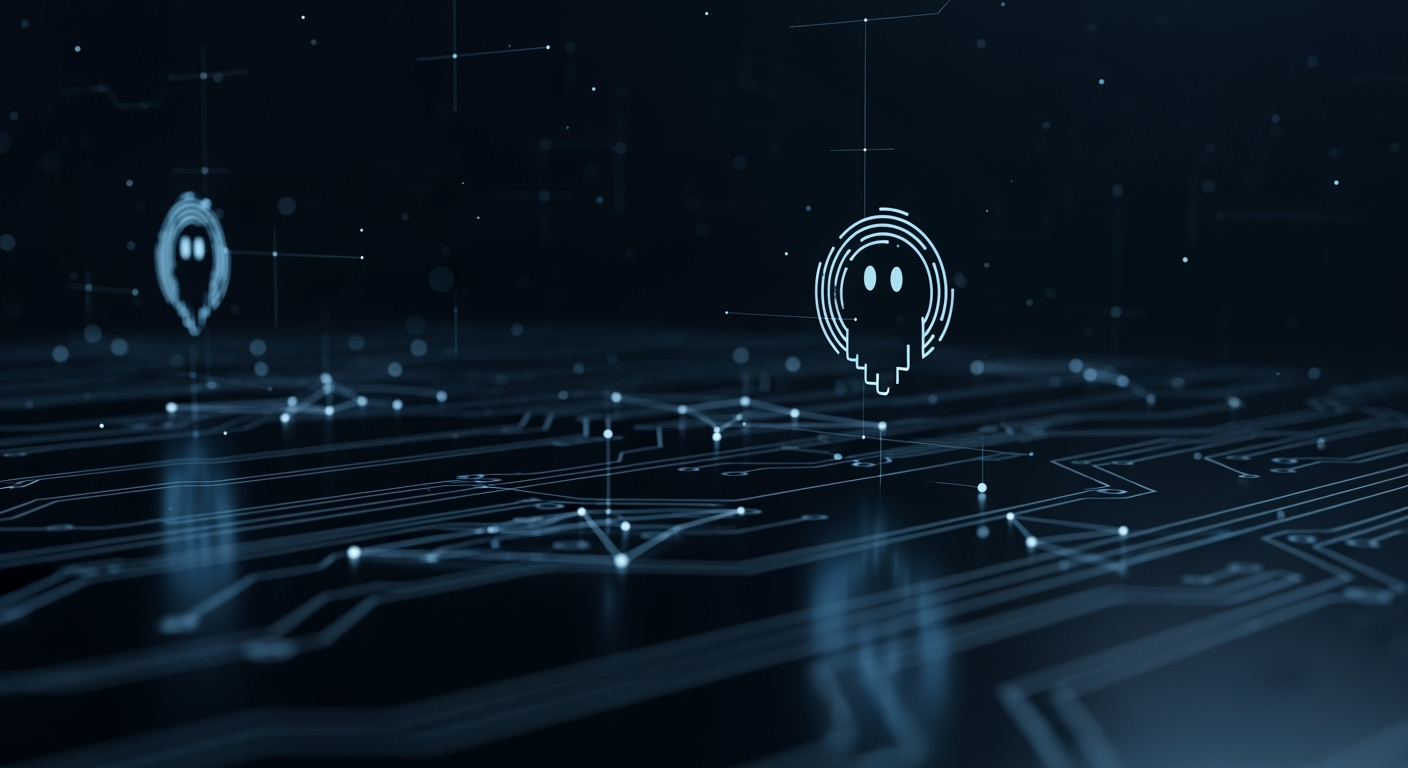OpenAI Merges Model Behavior Team Into Core AI Development

OpenAI Reshapes Research Teams to Refine AI Personality and Safety
OpenAI has announced a significant internal restructuring, merging its influential Model Behavior team into the broader Post Training group. This move is designed to bring the development of AI personality and safety features closer to the core of model improvement, reflecting the growing importance of how AI interacts with users.
What Was the Model Behavior Team?
The Model Behavior team, with around 14 researchers, has played a pivotal role in shaping the tone and mannerisms of OpenAI's flagship models like ChatGPT. Their work focused on:
- Reducing sycophancy—the tendency for AI to simply agree with users rather than provide balanced or helpful responses.
- Addressing political bias and ensuring responses align with OpenAI’s values.
- Defining the company’s stance on emerging issues like AI consciousness.
The team’s expertise has become especially relevant as OpenAI faces increasing scrutiny over how its models respond to sensitive or controversial topics.
Leadership Changes and New Directions
As part of this reorganization, the Model Behavior team will now report to Max Schwarzer, head of the Post Training group. The team’s founding leader, Joanne Jang, is transitioning to launch a new initiative within OpenAI called OAI Labs. This new research team aims to invent and prototype novel interfaces for how people collaborate with AI, moving beyond the traditional chat paradigm.
Jang explained that her focus will be on exploring how AI can serve as an “instrument for thinking, making, playing, doing, learning, and connecting.” The specifics of OAI Labs’ projects are still being developed, but the goal is to create more meaningful human-AI experiences.
Why Is This Change Happening Now?
OpenAI’s decision comes at a time of increased user feedback and public scrutiny. Recent updates—such as the rollout of GPT-5—sparked complaints that the model, while less sycophantic, felt “colder” to users. OpenAI responded by restoring access to older models like GPT-4o and updating GPT-5 to strike a warmer, more balanced tone.
Moreover, OpenAI and other AI developers must carefully balance making chatbots friendly and approachable without enabling unhealthy confirmation of user beliefs. This challenge was tragically highlighted in a recent lawsuit involving ChatGPT’s responses to a user in crisis, underscoring the high stakes of responsible AI design.
The Future: Beyond Chatbots
Jang and her new team at OAI Labs are setting their sights on the future of AI interaction, with the intent to move beyond simple chatbots or digital companions. There is also speculation about possible collaborations with notable figures such as Jony Ive, Apple’s former design chief, who is involved in designing AI hardware for OpenAI. However, Jang notes her initial focus will be on research areas where she has the most expertise.
Conclusion
This organizational shift signals OpenAI’s commitment to making the “personality” and safety of its AI models a core part of their ongoing evolution. As AI becomes more integrated into daily life and business, such changes are crucial to ensuring these technologies remain trustworthy, helpful, and aligned with human values.
References
- TechCrunch: OpenAI reorganizes research team behind ChatGPT’s personality
- TechCrunch: Why ChatGPT Became Too Sycophantic
- Reservoir Samples: Thoughts on Human-AI Relationships
- TechCrunch: Sam Altman on GPT-5 Rollout
- TechCrunch: GPT-5 Is Supposed to Be Nicer Now
- NY Times: ChatGPT OpenAI Suicide Lawsuit
- Joanne Jang on X
- TechCrunch: Jony Ive to Lead OpenAI’s Design Work
- OpenAI: Sam and Jony Collaboration





